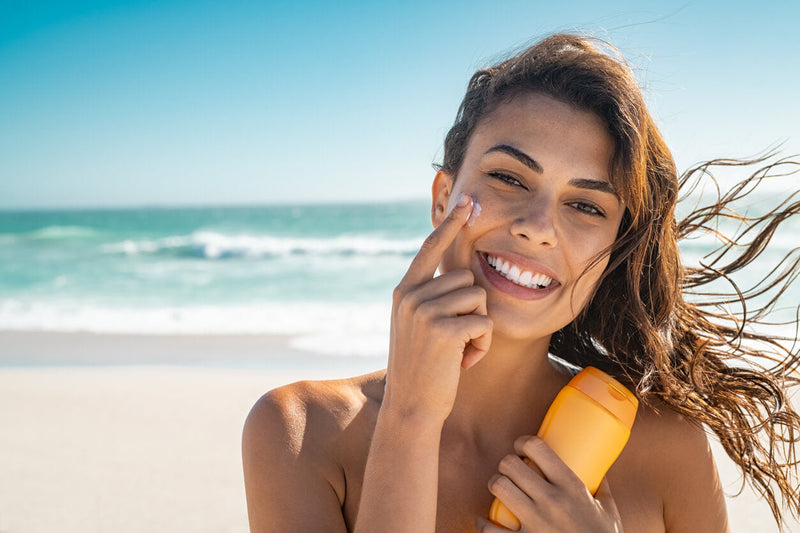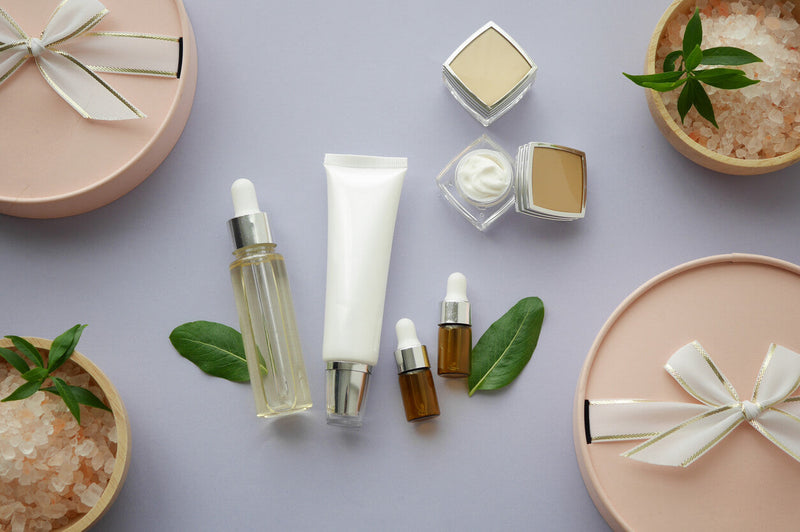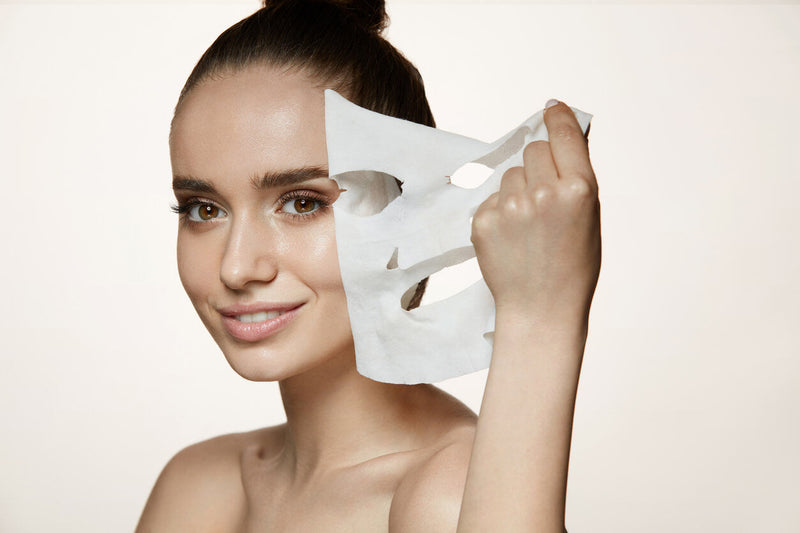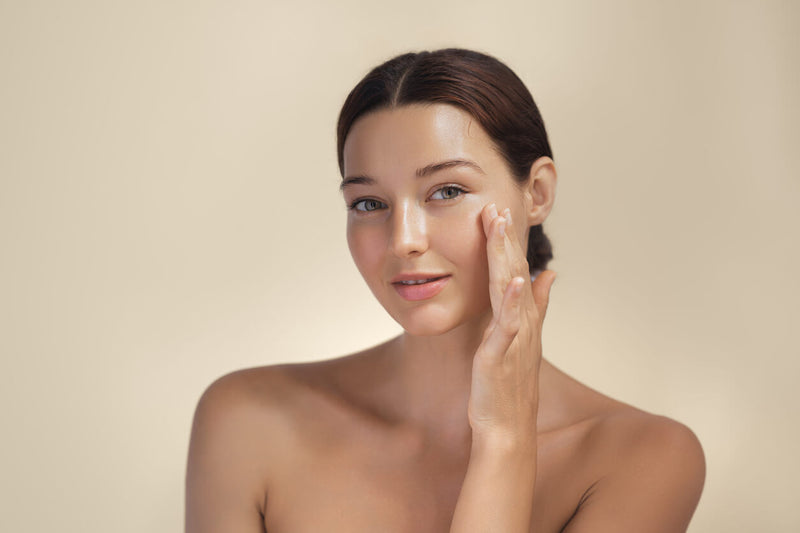

Rain, wind, sun, or snow, sunscreen should be worn daily to protect your skin from ultraviolet light. However, choosing a sunscreen isn’t as easy as it used to be. Through scientific research and discovery, a new generation of sunscreens has hit the market that offers better protection against both UVA and UVB rays. When comparing sunscreen products, it’s important to look at the sun protection factor (SPF), other active ingredients, whether the product is water-resistant, and the overall formulation.
Chemical vs. Physical Sunscreens There are two main types of sunscreens, chemical and physical. Chemical sunscreens function as a sponge by absorbing UV rays. They often contain active ingredients like oxybenzone, octisalate, avobenzone, homosalate, octinoxate, or octocrylene. Chemical sunscreens rub easily into the skin without leaving behind a white residue. In comparison, physical sunscreens function as a shield. As it sits on the surface of the skin, it deflects UV rays. Physical sunscreens typically contain active ingredients like zinc oxide or titanium dioxide. If you have sensitive skin, physical sunscreens work well. However, both types of sunscreens are safe to use and contain effective ingredients.
A Look at Sun Protection Factor Sun protection factor plays a direct role in the effectiveness of a sunscreen product. Ideally, you want to use a sunscreen with an SPF of at least 30 and above which blocks approximately 97 percent of UVB rays. Sunscreens with higher SPFs block more UV rays. However, there is no sunscreen that can block 100 percent of UVB rays. In calculating SPF, know the time you would normally get a sunburn without using a sunscreen then multiply it by the number of SPF. For example, a fair skinned person can easily turn red within 15 minutes of sun exposure. If the person use a sunscreen with SPF 30, the calculation is 20 x 30 = 600. This is the number of minutes the person can stay under the sun. Remember that no matter what SPF you choose, know that having a higher sun protection factor does not allow you to spend additional time outdoors without a fresh application. Sunscreen should be re-applied to the skin at least every two hours while outdoors especially because it can be removed from your skin whenever you wipe your skin, go swimming or whenever you perspire.
Keeping Your Skin Protected Outdoors Choosing the right sunscreen can keep your skin protected from the sun’s harmful rays while fighting the effects of aging. Make sure to choose a good sunscreen that is light, non-greasy, easily applied and oil-free so it doesn’t cause your skin to break out even with regular applications. We recommend the following products:
1. Clear Defense SPF 45 with Broad-Spectrum – Clear Defense is a light, oil-free sunscreen with a unique blend of active ingredients that help protect the skin from infrared radiation, UVA and UVB rays, and premature aging. The lightweight formula offers a SPF of 45, which allows for maximum sun protection while also restoring youthfulness to the skin. Clear Defense offers a number of skin benefits, from improving the appearance of fine lines and wrinkles to increasing skin firmness and elasticity.
2. Sheer Defense Tinted SPF 46 with Broad-Spectrum – Sheer Defense is a lightweight, antioxidant-rich formula with SPF 46. The unique sunscreen delivers a soothing blend of ingredients that provide broad-spectrum coverage while fighting against harmful free radicals. The sunscreen is also tinted to match most skin types and contains niacinamide to minimize blotchiness and redness. Sheer Defense is fast-absorbing, oil-free, and a suitable choice for normal, mature, oily, and sensitive skin.
Use your Sunscreen Daily Knowing the right sunscreen for your skin is one thing but using it daily is another. Make sure to always apply your sunscreen daily (everyday) regardless of the weather. Think of it as your skin’s ‘daily protection’ from invisible sun’s harmful rays. It also doesn’t have to be complicated. Try following this guideline for easy skin care routine with sunscreen:
1. If you have normal, oily or combination skin, you can skip moisturizer and use your sunscreen after your cleanser and toner or after your face serum (if you have any).
2. If you have dry skin, use a moisturizer first before applying your sunscreen.
Remember that a good quality sunscreen does not only protect your skin from the sun’s harmful UV rays but also help keep your skin looking healthy, youthful and beautiful. But if you’re still not convinced on how important sunscreen is, watch the video below.
Tags: SunBlock for Oily Skin Singapore, Clear Defense SPF 45 with Broad-Spectrum, Sheer Defense Tinted SPF 46 with Broad-Spectrum









